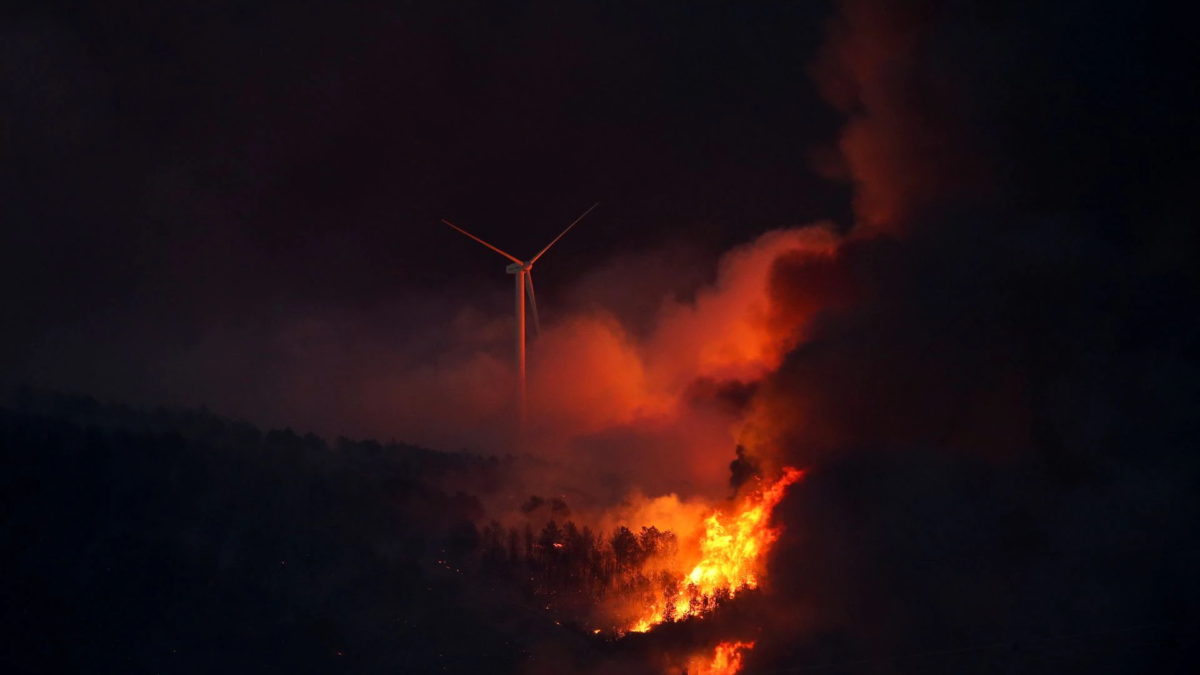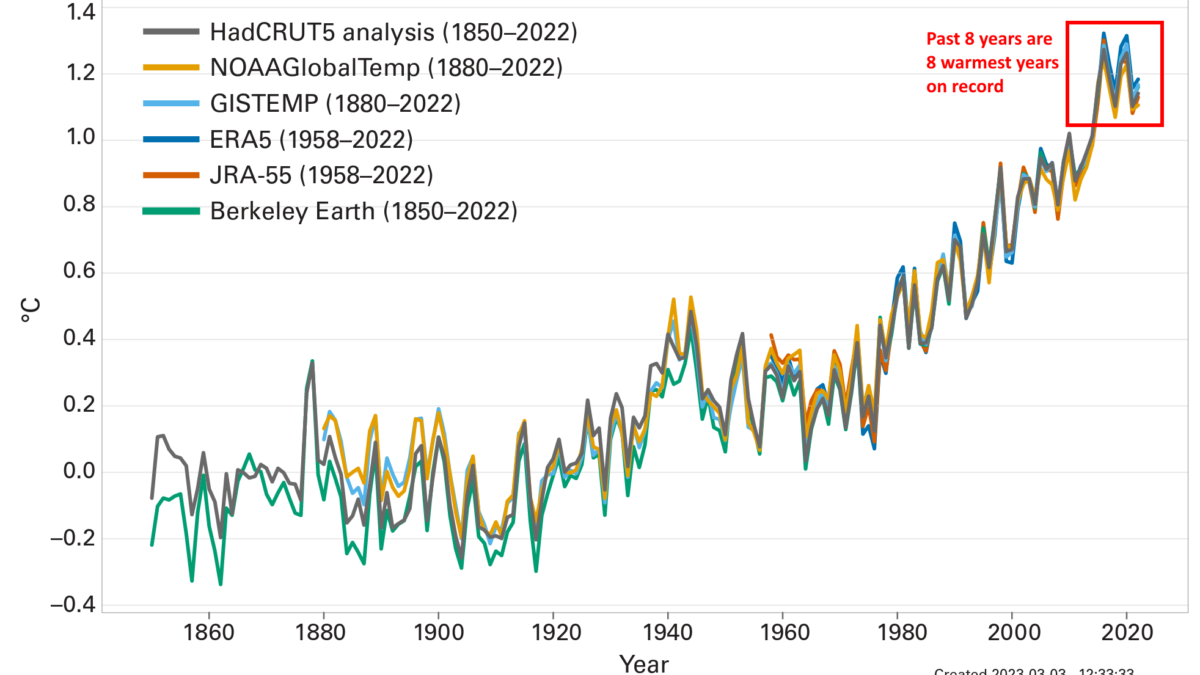Amid flooding and rising sea levels, residents of one barrier island wonder if it’s time to retreat – “Is this really sustainable? The answer is pretty clearly no.”
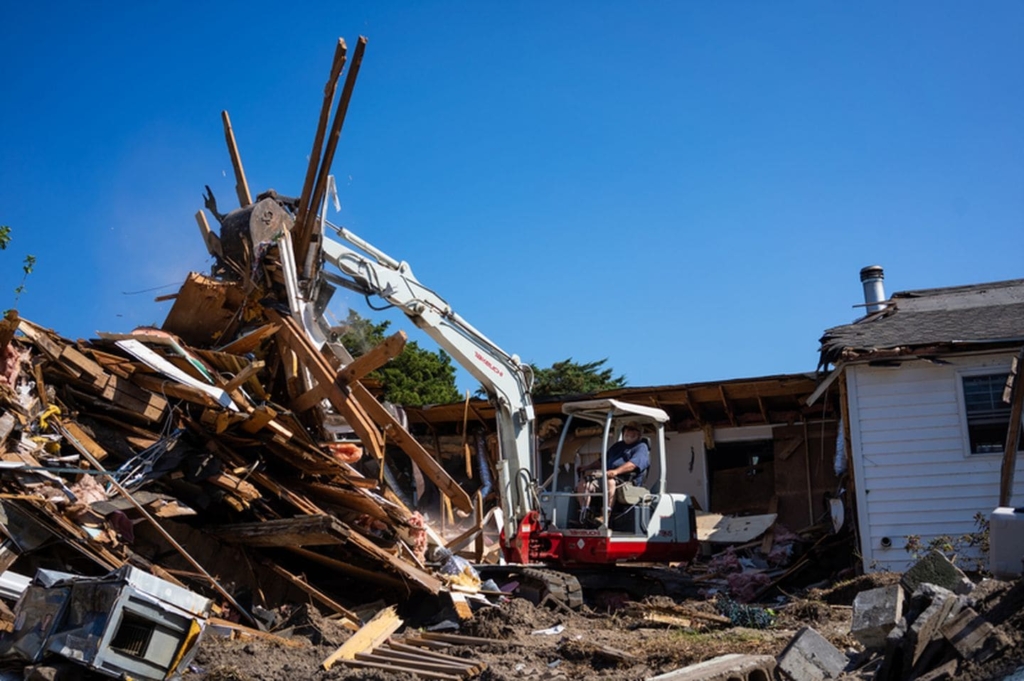
By Frances Stead Sellers
9 November 2019
OCRACOKE, North Carolina (The Washington Post) – On any normal late-fall day, the ferries that ply the 30 miles between Swan Quarter and this barrier island might carry vacationing retirees, sports fishermen and residents enjoying mainland getaways after the busy summer tourist season.
But two months ago, Hurricane Dorian washed away all signs of normalcy here. After buzz-cutting the Bahamas, the giant storm rolled overhead, raising a seven-foot wall of water in its wake that sloshed back through the harbor, invading century-old homes that have never before taken in water and sending islanders such as post office head Celeste Brooks and her two grandchildren scrambling into their attics.
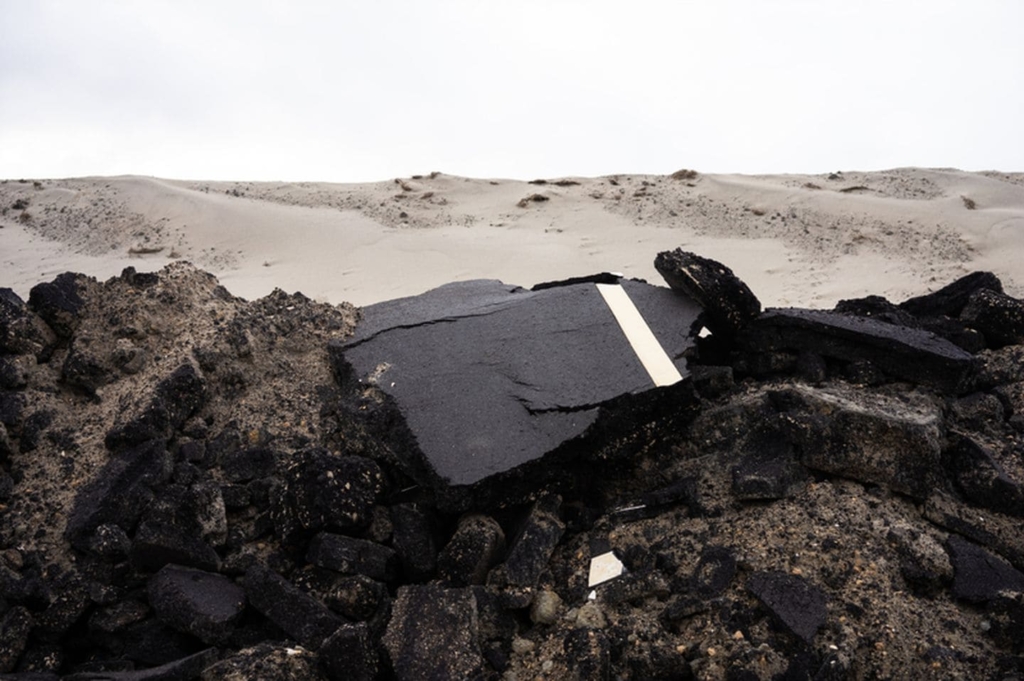
Ocracoke has been closed to visitors ever since. Island-bound ferries carry yawning container trucks to haul back the sodden detritus of destroyed homes. And O’cockers — proud descendants of the pilots and pirates who navigated these treacherous shores — are faced with a reckoning: whether this sliver of sand, crouched three feet above sea level between the Atlantic Ocean and Pamlico Sound, can survive the threats of extreme weather and rising sea levels. And if it can’t, why rebuild?
“That’s the unspoken question. That’s what nobody wants to say,” said Erin Baker, the only doctor to serve this community of 1,000. “It’s a question of how do we continue to have life here.”
Scientists have long warned that Ocracoke’s days are numbered, that this treasured island is a bellwether for vast stretches of the U.S. coast.
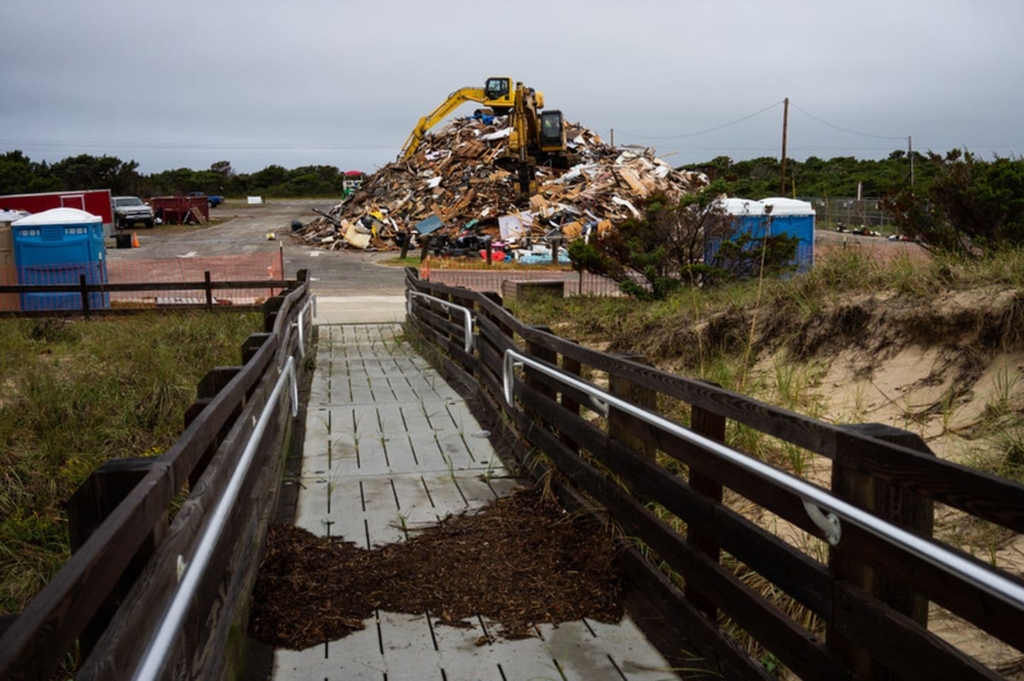
“Virtually everyone from Virginia Beach south to the U.S./Mexico border is going to be in the same situation in the next 50 years,” said Michael Orbach, professor emeritus of marine affairs at Duke University. “And it’s only going to get worse after that.”
If Ocracoke’s ultimate prognosis is grim, Tom Pahl, the township’s county commissioner, remains committed to its recovery.
“Is this really sustainable? The answer is pretty clearly no,” he said. “But what’s the timeline? No one has been able to say, ‘You’ve got 15 years, 40 years, 100 years.’ The clear-eyed vision is resiliency then retreat.” [more]
Amid flooding and rising sea levels, residents of one barrier island wonder if it’s time to retreat
